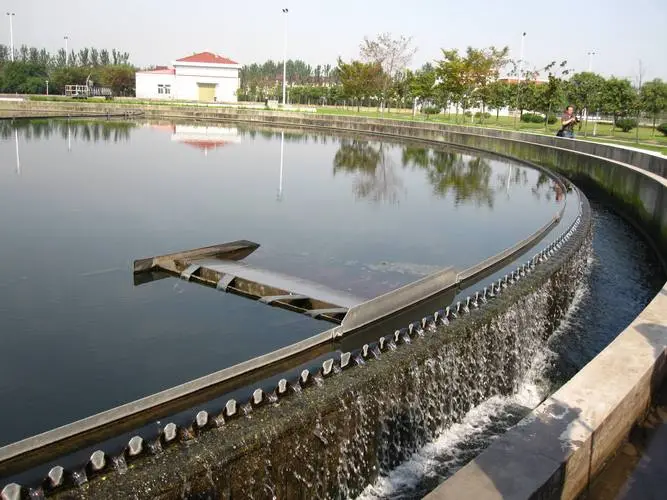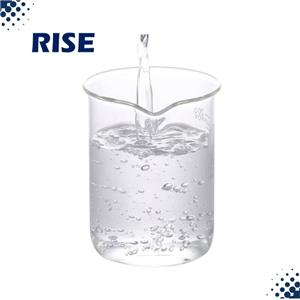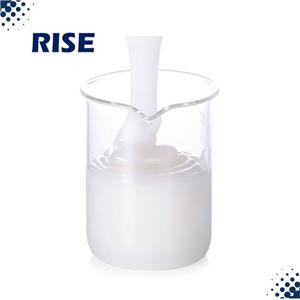Getting the Foam Out: The Defoamer's Battle Against Stubborn foam in Wastewater Treatment
During wastewater treatment, foam formation is a common problem that can create various operational challenges. Foam formation can result from various factors, such as organic overloading, dissolved gas, and agitation. In addition to the reduction in process efficiency and poor treatment results, foam formation also cause overflows and safety hazards, leading to environmental pollution. Therefore, for efficient wastewater treatment defoamers, also known as antifoams, have been widely used to address foam formation.

Wastwater treatment defoamer is formulated chemicals that act as agents to eliminate or suppress foam formation Defoamers can work in different mechanisms, such as destabilizing and breaking up weak foam, reducing surface tension, or inhibiting the formation of gas bubbles. These chemicals are important for wastewater treatment plants to maintain consistent performance and reliable system operation.
The use of defoam provides various benefits over other foam prevention methods. They are easy to use, cost-effective, and provide efficient results, making them popular in the wastewater treatment industry. Moreover, the use of defoamers ensures that environmental regulation compliance is met as less energy and resources are used to treat wastewater, resulting in reduced carbon emissions.

Defoamer for wastwater treatment come in different formulations, depending on the type of treatment process. The selection of the right defoamer type depends on the specific compositions and target involved in the treatment process. Wastewater treatment operators can choose from various types of defoamers, such as water-based, oil-based, and silicone-based, to ensure that optimal results achieved.
Water-based defoamers are a popular choice as they are biodegradable and friendly. They quickly disperse and degrade in wastewater, leaving no environmental impact. Additionally, water-based defoamers are cost-effective, making them an attractive option for wastewater treatment facilities.
Defoamers have revolutionized the wastewater treatment process by preventing and controlling the formation foam. Their advantages include efficient performance, cost-effectiveness and environmental sustainability, making them a commonly solution in the wastewater treatment industry. The selection of the right defoamer ensures smooth wastewater operations, optimal performance, and environmental protection.




